IoT (Internet of Things) is a method of connecting and exchanging data between devices through software protocols and can be applied in many fields. When applied in elevator maintenance services, IoT has brought many significant bright spots.
The world has 16 million elevators and the number of devices will continue to increase dramatically in the future. Therefore, relying solely on human resources will not be able to meet the requirements of this particular industry. Technology will be integral to driving qualitative and quantitative improvements. We are talking about IoT.
Power of IoT
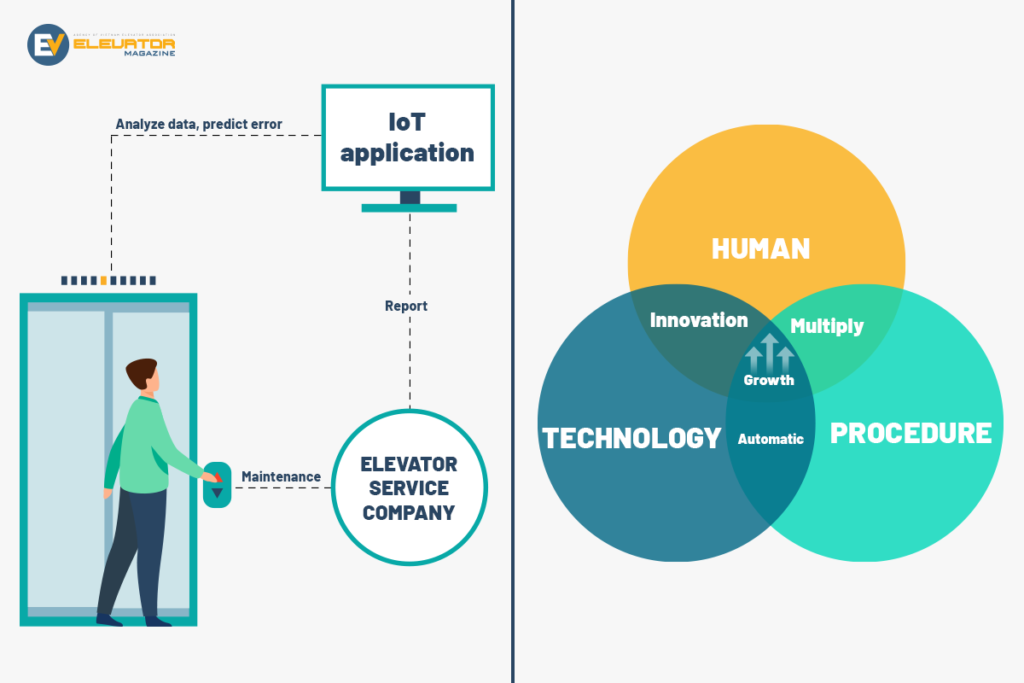
Today, the customer’s expectation that maintenance must take place quickly has created competitive pressure on service providers.
Equipment maintenance is at the core of a customer-centric approach, but delivering a positive customer experience can’t be achieved through troubleshooting (aka error handling) maintenance alone.
Troubleshooting maintenance leads to a vicious cycle: breakdowns needs urgent repairs, scheduled maintenance is postponed, maintenance plans are constantly changing. This leads to a waste of time and resources, sometimes resulting in unhappy customers.
That said, predicting errors would be a great idea. Once the sensor in the elevator detects small problems that have the potential to create large errors, a signal will be sent to the center to warn. It is very meaningful data numbers and it tells us many things.
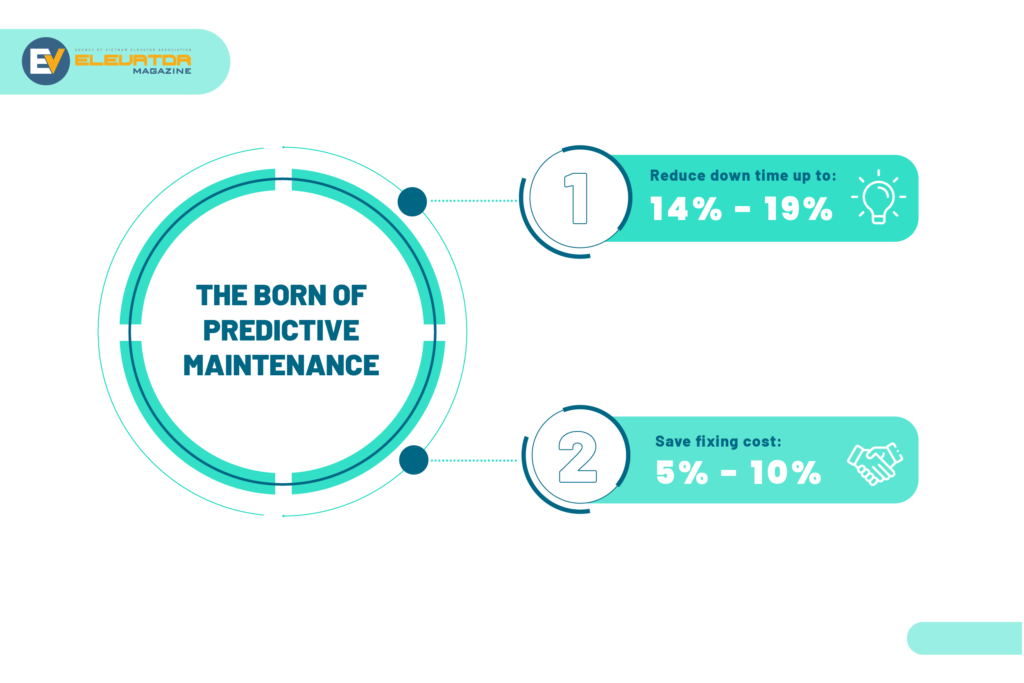
Elevator market research conducted by Roland Berger Global Consulting shows that new technologies offer the potential to significantly reduce costs and increase profits.
Troubleshooting maintenance will become a thing of the past, resulting in lower service costs. In addition, improved operational efficiency is a guarantee of higher customer satisfaction.
Therefore, IoT has the potential to “golden growth” in the elevator industry.
Guaranteed rate of return right from the start
Using advanced data analytics reduces the number of trouble calls and dramatically shortens troubleshooting time. Not only that, independent service and maintenance providers can anticipate “wear and tear” of elevator components.
Direct inspection of customer elevators will be replaced by remote diagnostics.
When investing in IoT-based elevator monitoring, businesses need to assess whether the annual cost of that investment can yield more value than the cost savings and additional revenue. .
A service business faces only two major cost factors to complete a comprehensive contract model: routine maintenance and unplanned maintenance.
A simple formula can help predict the majority of expenses:
This is most of the cost a service provider faces to fulfill a contractual commitment each year
Investing in a smart elevator solution needs to address these costs and increase operational efficiency or add revenue/business opportunity.
Solutions like Franz (North America only) are designed to provide root cause information and guidance for components that fail or show signs of failure.
Franz features 24/7 monitoring, which collects data based on elevator performance. This data may be made available to customers through a customized portal operated by the service provider.
Industry studies show that medium to large businesses are willing to pay an additional 10-20% of the annual service contract value for these insights.
As a result, service providers can reduce costs to fulfill contracts and increase revenue.
Let’s refer to Franz – an IoT application that helps optimize contract value:
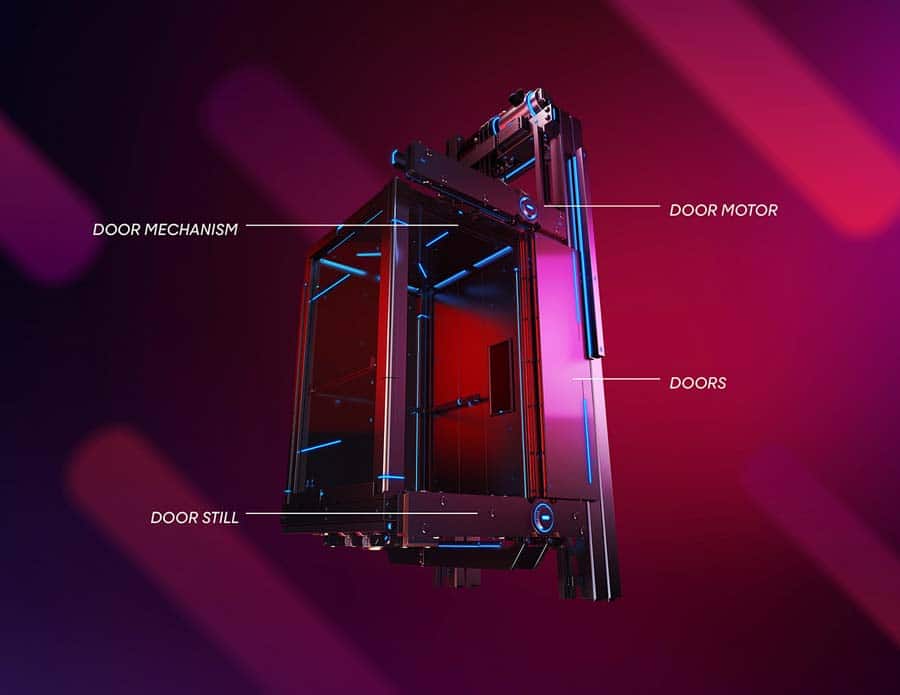
IoT-based maintenance solution that monitors critical elevator components
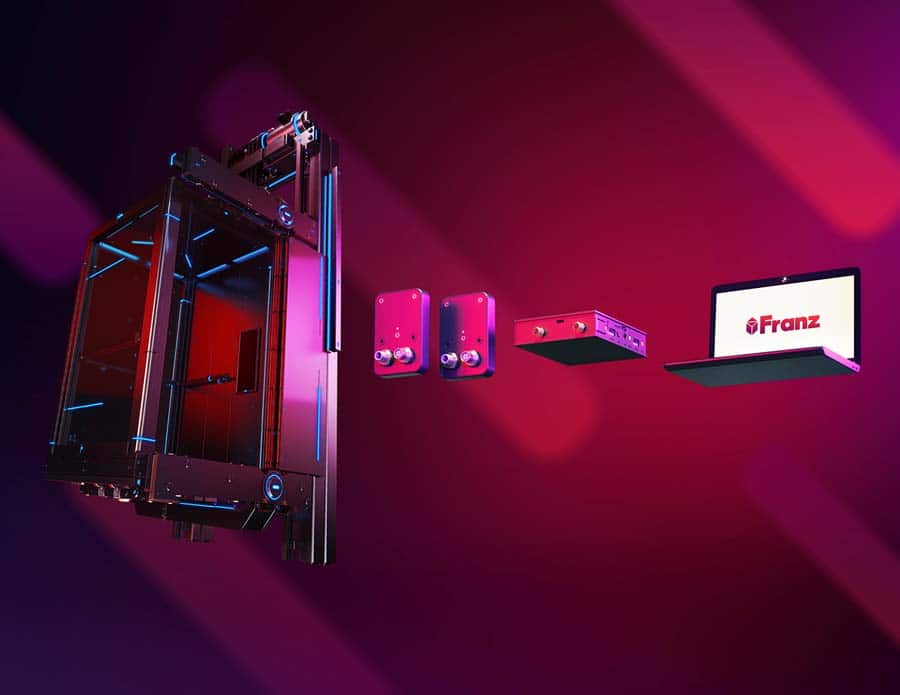
Franz solution at work, including gateway, sensor and software layer
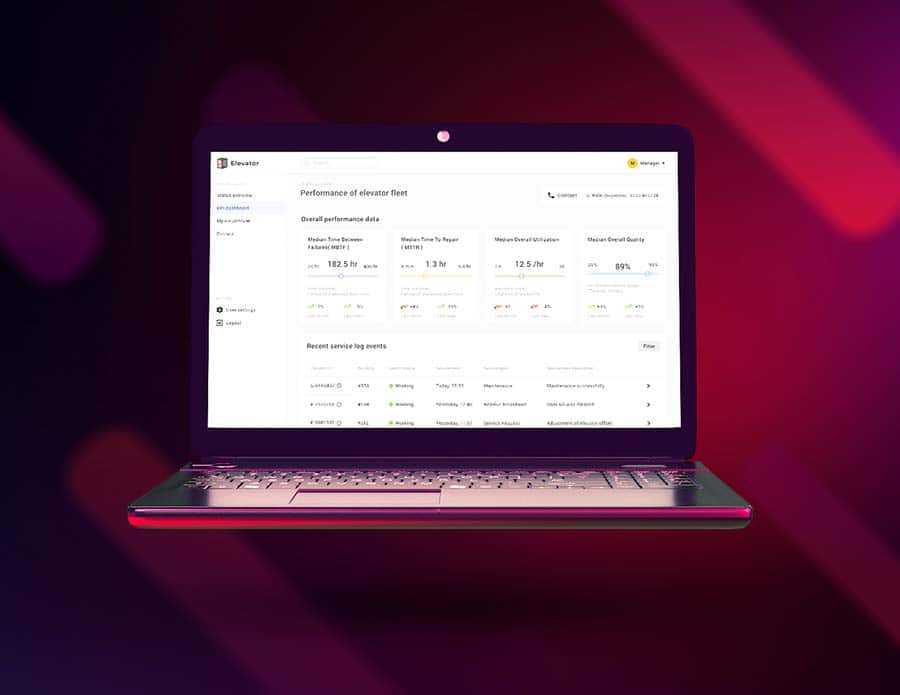
Franz soltion’s desktop view
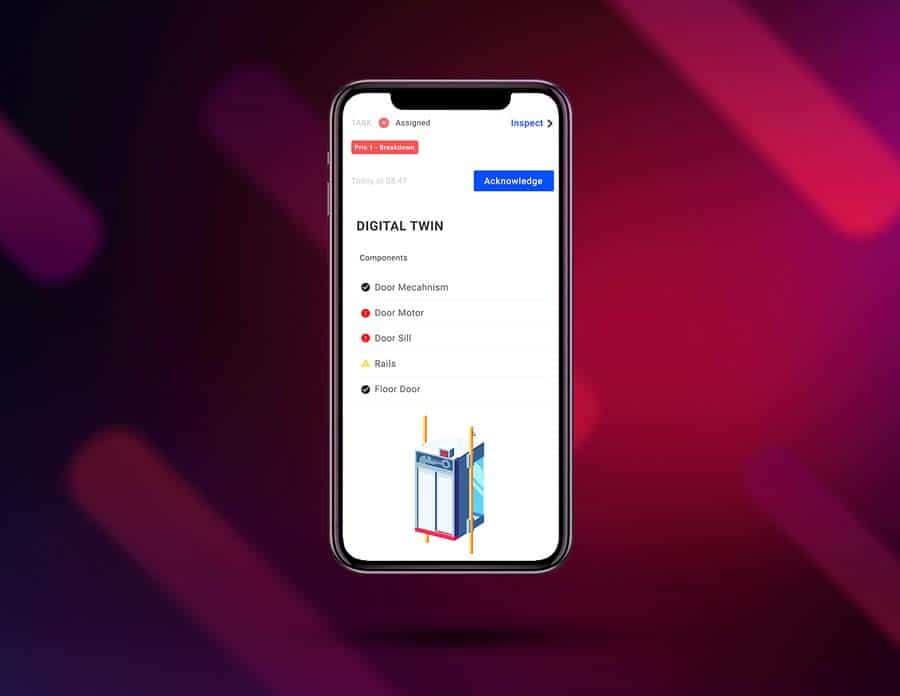
The Digital Twin view in the mobile technician dashboard can help identify failures
In Vietnam, the trend of IoT application in elevator maintenance services has also begun to develop with a number of units such as GamaLift, Kone. GamaLift’s technical expert said that, with a total of nearly 6,000 elevators this company has installed nationwide, the application of IoT in elevator operation and maintenance control will help this business save a lot of costs. and a huge workforce, along with the best service for customers. After the research and testing process, next time GamaLift will apply this application synchronously to the elevator works this company installs and maintains.
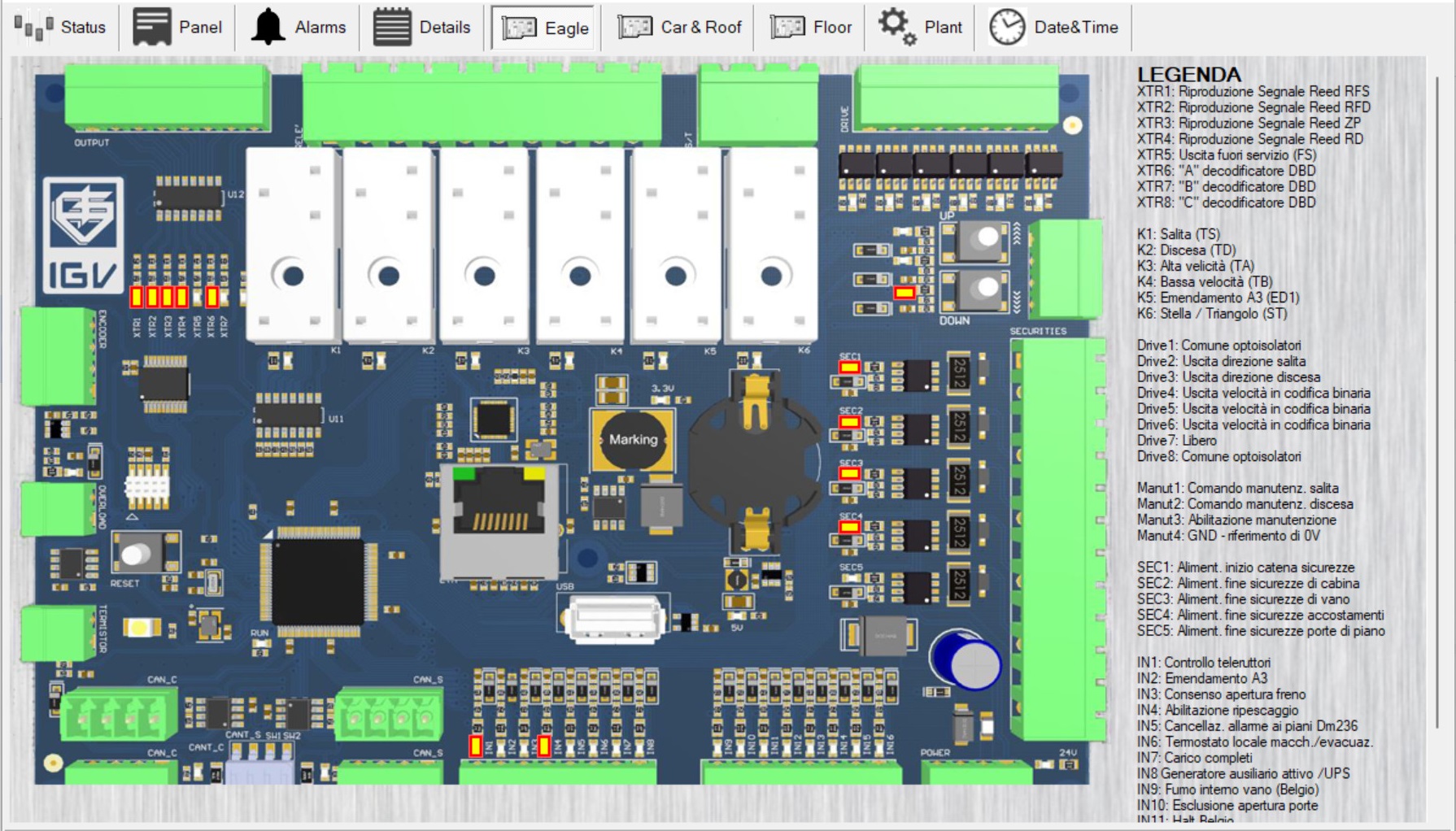
From Gama Service control center, via computer or phone, technicians can observe the status of the control panel of the elevator.
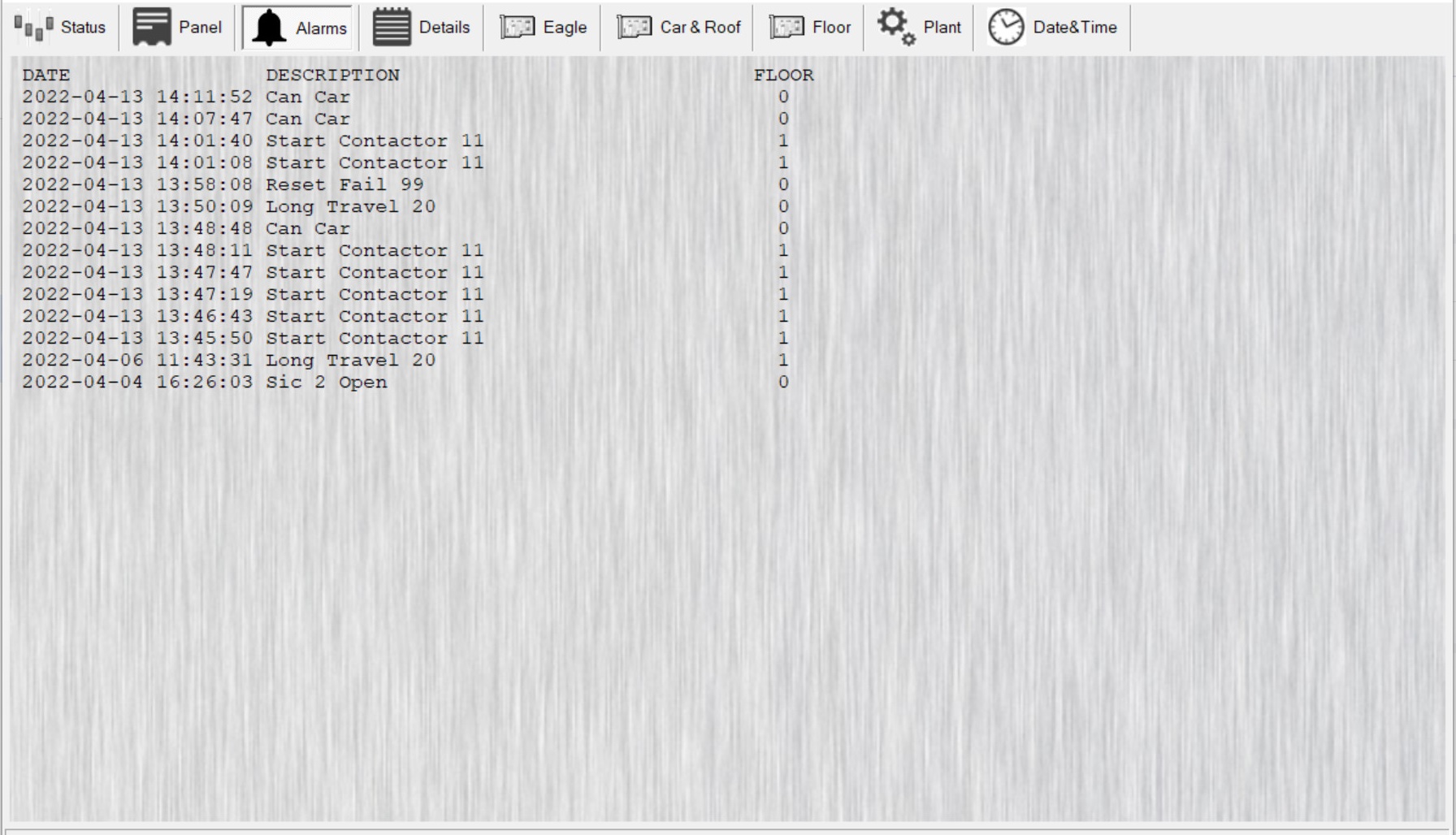
Through the testing process, the history of elevator problems allows predicting the elevator’s condition and technicians can come up with the most effective solutions.



